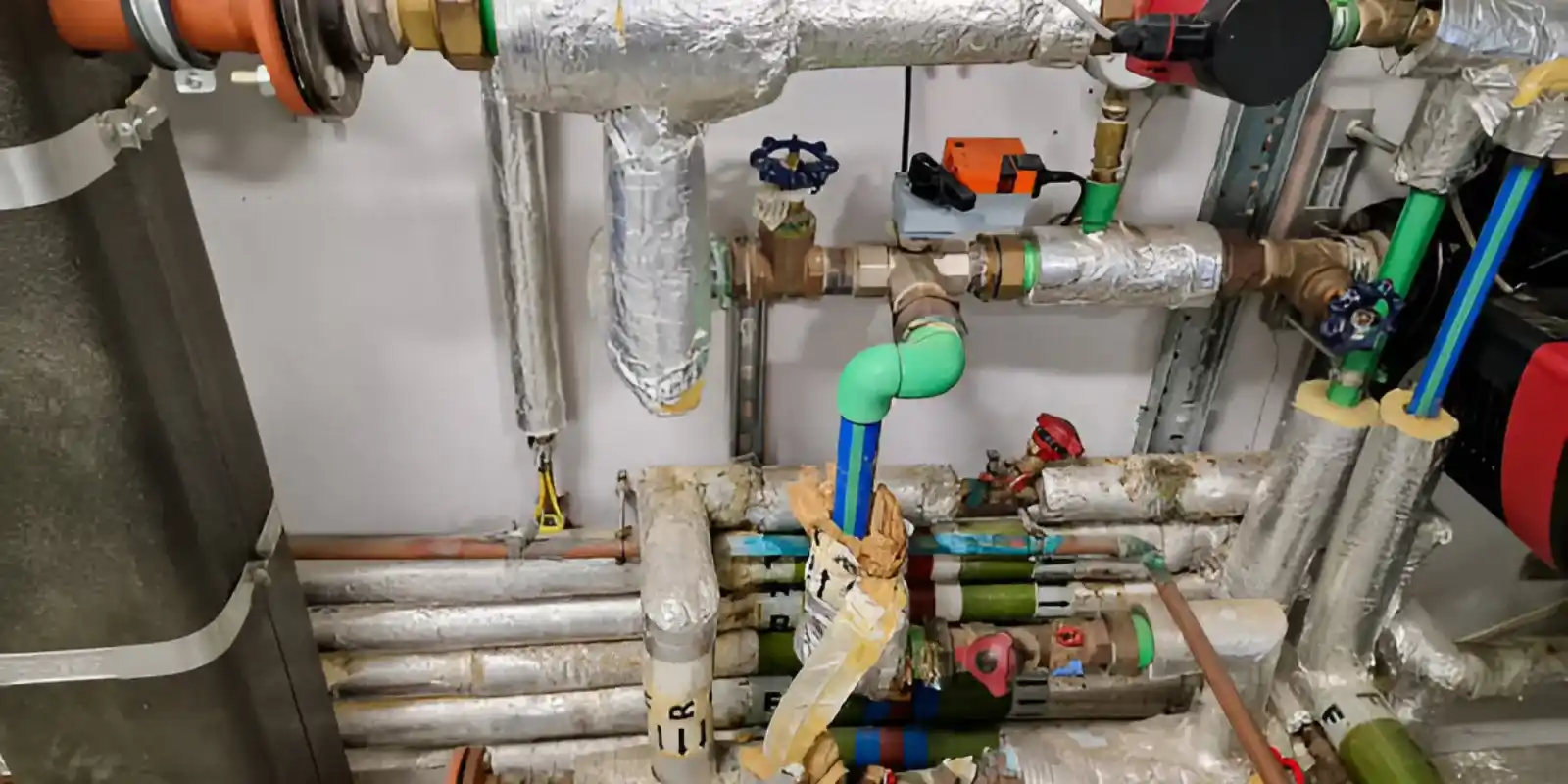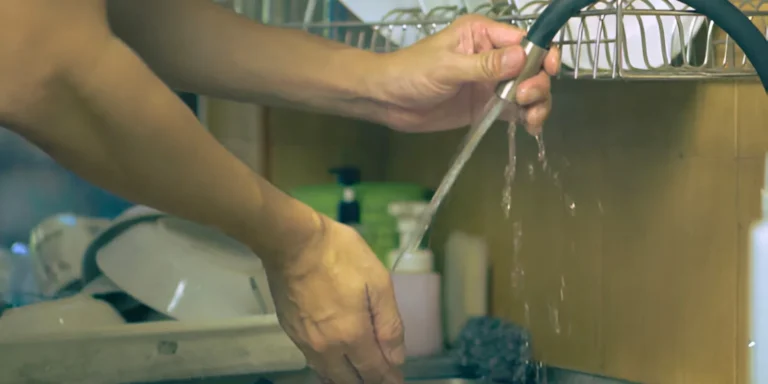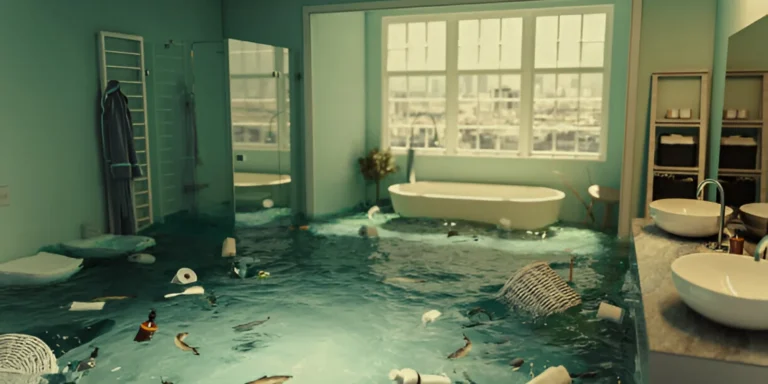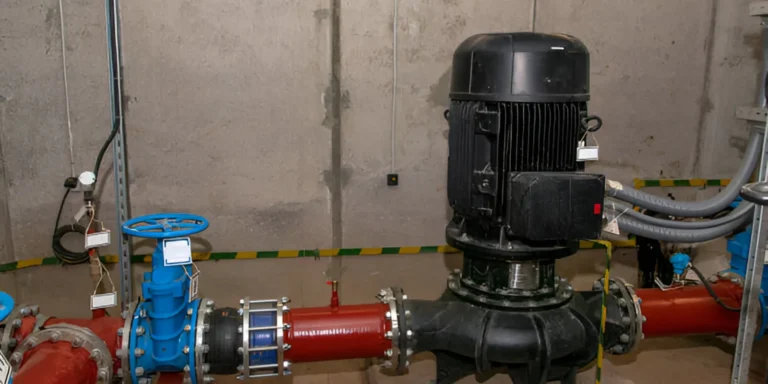Plumbing issues are an inevitable part of homeownership. Whether it’s a leaking faucet, clogged drain, or running toilet, these problems can disrupt your daily life and, if left untreated, lead to bigger, more expensive repairs. Fortunately, many common plumbing problems have simple solutions that you can handle yourself without hiring a professional. By understanding what causes these issues and learning how to fix them, you can maintain your home’s plumbing system and avoid future headaches. This guide outlines the most frequent plumbing problems, their causes, and step-by-step solutions to keep your pipes in top condition.
Leaky Faucets: The Silent Water Waster
Dripping faucets are among the most common and overlooked plumbing issues. While they may not seem urgent, a leaky tap can waste hundreds of gallons of water over time and significantly increase your water bill. The usual culprits include worn washers, damaged O-rings, or corroded valve seats.
How to Fix a Dripping Faucet
- Turn off the water supply under the sink.
- Remove the faucet handle and inspect internal components.
- Replace any damaged washers or cartridges.
- Reassemble the faucet and turn the water back on.
Each faucet type—compression, cartridge, ceramic disk, and ball—has a slightly different repair method. Be sure to identify your model before buying replacement parts.
Clogged Drains: Causes and Cures
Slow or blocked drains in sinks, showers, or tubs usually result from a buildup of hair, grease, soap scum, or foreign objects. Left untreated, clogs can cause backups, foul odors, and even pipe damage. Luckily, most minor clogs can be cleared without professional help.
Effective Ways to Unclog Drains
- Use a plunger to dislodge surface blockages.
- Try a mixture of baking soda and vinegar, followed by hot water.
- Insert a drain snake to break apart deeper obstructions.
Avoid pouring harsh chemicals down your drains—they can erode pipes and create more serious issues later on. Installing mesh strainers and regularly flushing drains with hot water helps prevent recurring blockages.
Running Toilets: Stop Wasting Water
A toilet that continues to run long after flushing is more than just annoying—it can waste up to 200 gallons of water per day. This problem usually stems from a worn-out flapper, a faulty fill valve, or an improperly adjusted float.
Simple Toilet Repairs You Can Do
To resolve a running toilet:
- Remove the tank lid and inspect the internal parts.
- Replace the flapper if it’s warped or doesn’t seal properly.
- Adjust the float to ensure the tank fills to the correct level.
- Replace the fill valve if water continues to flow after adjustments.
Most replacement parts are inexpensive and available at hardware stores. Fixing a running toilet is a quick project that can dramatically lower your water usage.
Regularly inspecting your plumbing system, fixing small leaks promptly, and avoiding misuse (like flushing non-flushable items or pouring grease down the drain) can extend the life of your pipes and fixtures.




